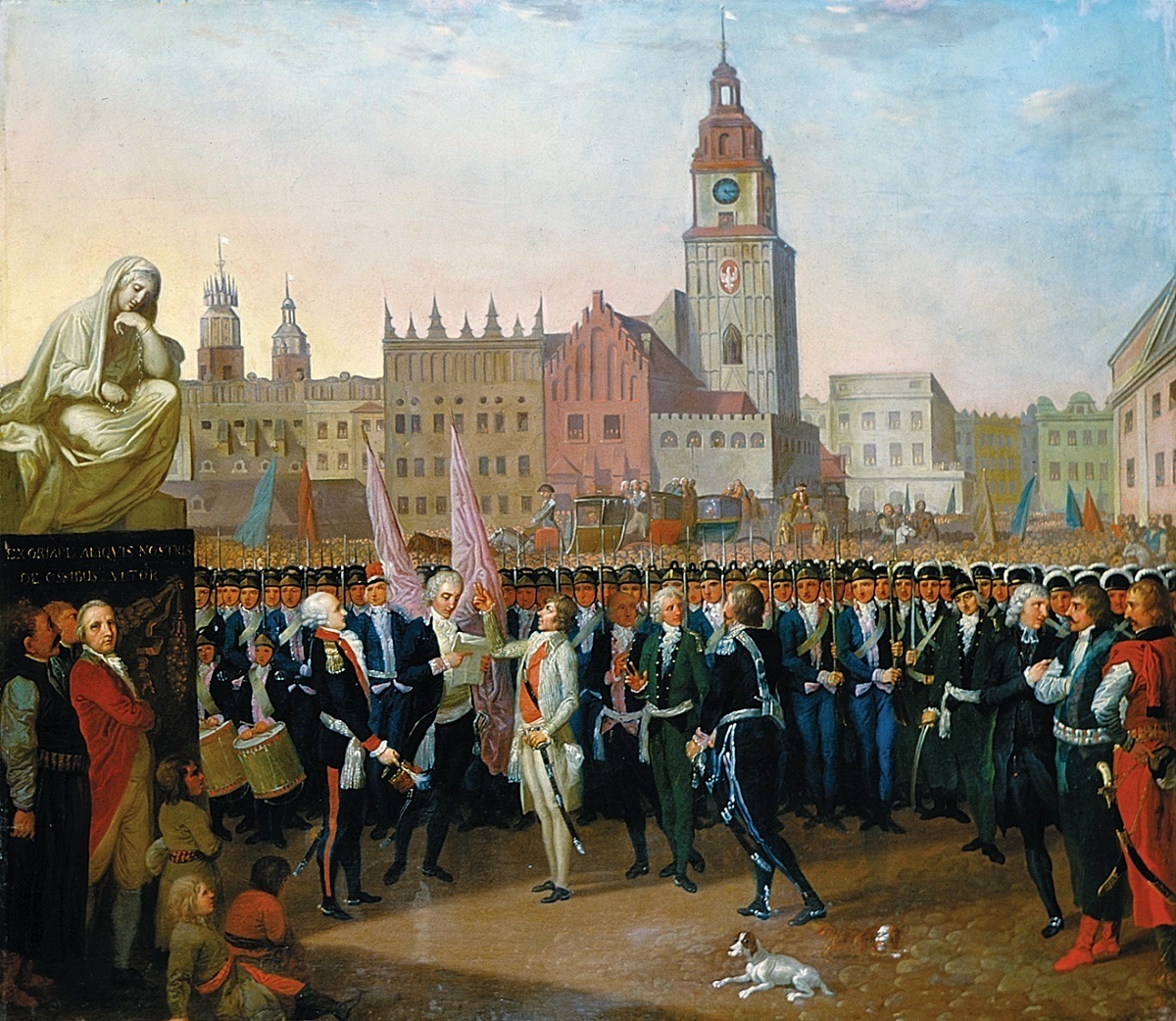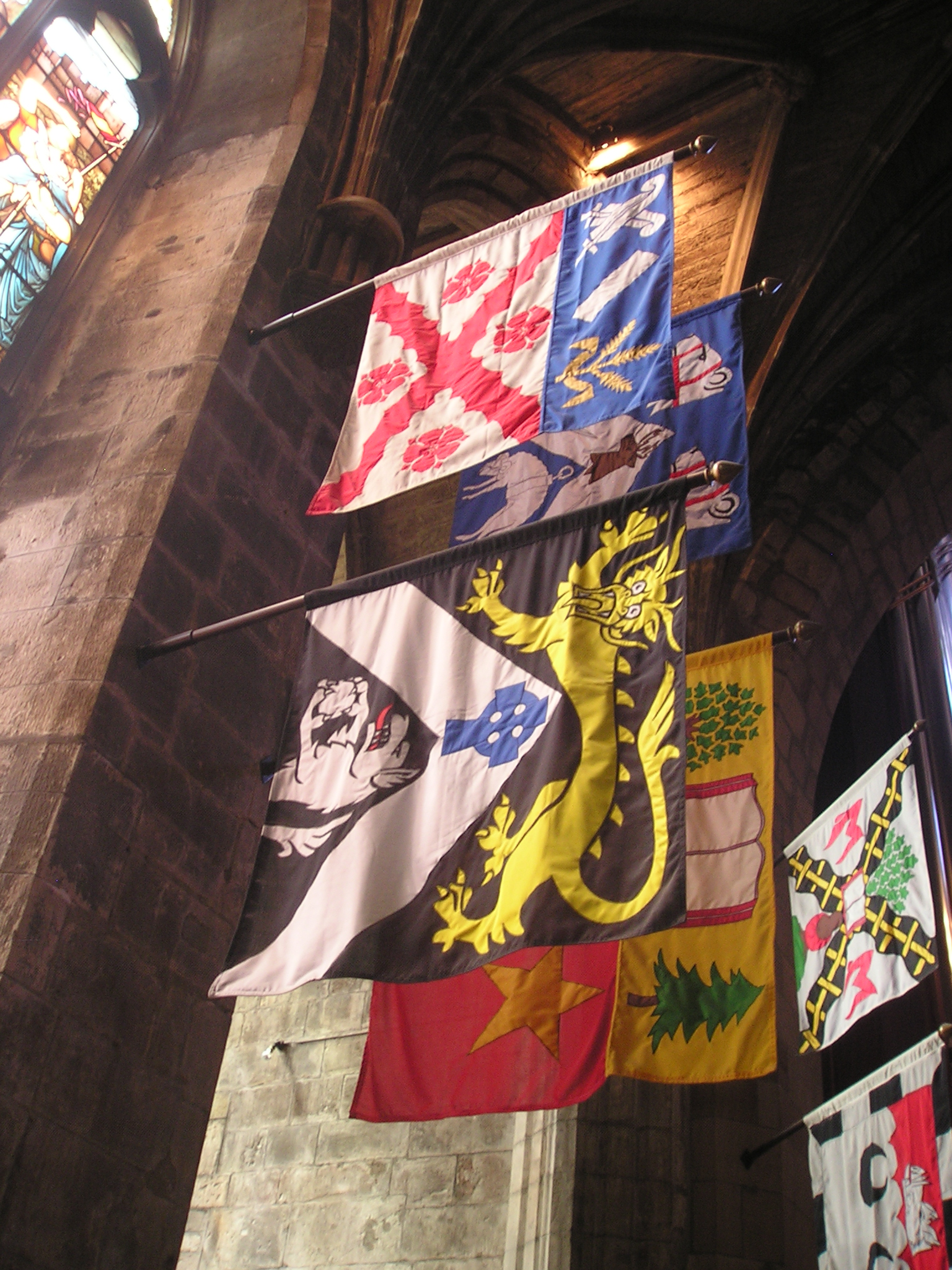|
Battle Of Rajgród (1794)
The Battle of Rajgród was a battle of the Kościuszko Uprising between the Polish–Lithuanian Commonwealth's rebel army and the Kingdom of Prussia which took place in Rajgród Rajgród is a town in Grajewo County, Podlaskie Voivodeship, Poland, with 1,609 inhabitants (as of June 2016), within the historic region of Podlachia. History Rajgród has a long and rich history, with evidence of human habitation dating back ... on 1794 July 10. Rebels using only the cold arms and without the heavy artillery were able to temporarily push out the Prussian army from the city.''Mała Encyklopedia Wojskowa'', 1967, Wydanie I References Rajgrod Rajgrod Conflicts in 1794 History of Podlaskie Voivodeship Grajewo County {{Germany-battle-stub ... [...More Info...] [...Related Items...] OR: [Wikipedia] [Google] [Baidu] |
Kościuszko Uprising
The Kościuszko Uprising, also known as the Polish Uprising of 1794, Second Polish War, Polish Campaign of 1794, and the Polish Revolution of 1794, was an uprising against the Russian and Prussian influence on the Polish–Lithuanian Commonwealth, led by Tadeusz Kościuszko in Poland-Lithuania and the Prussian partition in 1794. It was a failed attempt to liberate the Polish–Lithuanian Commonwealth from external influence after the Second Partition of Poland (1793) and the creation of the Targowica Confederation. Background Decline of the Commonwealth By the early 18th century, the magnates of Poland and Lithuania controlled the state – or rather, they managed to ensure that no reforms would be carried out that might weaken their privileged status (the " Golden Freedoms"). Through the abuse of the '' liberum veto'' rule which enabled any deputy to paralyze the Sejm (Commonwealth's parliament) proceedings, deputies bribed by magnates or foreign powers or those sim ... [...More Info...] [...Related Items...] OR: [Wikipedia] [Google] [Baidu] |
Rajgród
Rajgród is a town in Grajewo County, Podlaskie Voivodeship, Poland, with 1,609 inhabitants (as of June 2016), within the historic region of Podlachia. History Rajgród has a long and rich history, with evidence of human habitation dating back to around 9000 BC. In the Middle Ages, the Yotvingians founded a settlement here on a hill. Known as Raj, it would become the tribe's main town. According to the chronicler Wigand of Marburg, in 1360 King Casimir III the Great of Poland ordered the castellan of Wizna to build a defensive castle nearby. The fate of the castle has not been established, but it was probably destroyed by the Teutonic Knights. The first written mention of the town of Rajgród dates from 1429, when a man named Mikołaj of Rajgród sold real estate to his brother Jan. At some time in the early 1440s, a '' gord'' (fortified wooden settlement) was established here and Rajgród emerged as a local centre of the timber trade. After the Treaty of Melno, the ''gord'' wa ... [...More Info...] [...Related Items...] OR: [Wikipedia] [Google] [Baidu] |
Kingdom Of Prussia
The Kingdom of Prussia (, ) was a German state that existed from 1701 to 1918.Marriott, J. A. R., and Charles Grant Robertson. ''The Evolution of Prussia, the Making of an Empire''. Rev. ed. Oxford: Clarendon Press, 1946. It played a significant role in the unification of Germany in 1871 and was a major constituent of the German Empire until its German Revolution of 1918–1919, dissolution in 1918. Although it took its name from the Prussia (region), region called Prussia, it was based in the Margraviate of Brandenburg. Its capital was Berlin. The list of monarchs of Prussia, kings of Prussia were from the House of Hohenzollern. The polity of Brandenburg-Prussia, predecessor of the kingdom, became a military power under Frederick William, Elector of Brandenburg, known as "The Great Elector". As a kingdom, Prussia continued its rise to power, especially during the reign of Frederick the Great, Frederick II "the Great".Horn, D. B. "The Youth of Frederick the Great 1712–30." ... [...More Info...] [...Related Items...] OR: [Wikipedia] [Google] [Baidu] |
Banner Of Kosciuszko Uprising Flat
A banner can be a flag or another piece of cloth bearing a symbol, logo, slogan or another message. A flag whose design is the same as the shield in a coat of arms (but usually in a square or rectangular shape) is called a banner of arms. Also, a bar-shaped piece of non-cloth advertising material sporting a name, slogan, or other marketing message is also a banner. Banner-making is an ancient craft. Church banners commonly portray the saint to whom the church is dedicated. The word derives from Old French ''baniere'' (modern ), from Late Latin ''bandum'', which was borrowed from a Germanic languages, Germanic source (compare ). Cognates include Italian language, Italian ''bandiera'', Portuguese language, Portuguese ''bandeira'', and Spanish language, Spanish ''bandera''. Vexillum The vexillum was a flag-like object used as a military standard by units in the Ancient Roman army. The word ''vexillum'' itself is a diminutive of the Latin ''velum'', meaning a sail, which confir ... [...More Info...] [...Related Items...] OR: [Wikipedia] [Google] [Baidu] |
Polish–Lithuanian Commonwealth
The Polish–Lithuanian Commonwealth, also referred to as Poland–Lithuania or the First Polish Republic (), was a federation, federative real union between the Crown of the Kingdom of Poland, Kingdom of Poland and the Grand Duchy of Lithuania, existing from 1569 to 1795. This state was among the largest, most populated countries of 16th- to 18th-century Europe. At its peak in the early 17th century, the Commonwealth spanned approximately and supported a multi-ethnic population of around 12 million as of 1618. The official languages of the Commonwealth were Polish language, Polish and Latin Language, Latin, with Catholic Church, Catholicism as the state religion. The Union of Lublin established the Commonwealth as a single entity on 1 July 1569. The two nations had previously been in a personal union since the Union of Krewo, Krewo Agreement of 1385 (Polish–Lithuanian union) and the subsequent marriage of Queen Jadwiga of Poland to Grand Duke Jogaila of Lithuania, who was cr ... [...More Info...] [...Related Items...] OR: [Wikipedia] [Google] [Baidu] |
Battles Of The Kościuszko Uprising
A battle is an occurrence of combat in warfare between opposing military units of any number or size. A war usually consists of multiple battles. In general, a battle is a military engagement that is well defined in duration, area, and force commitment. An engagement with only limited commitment between the forces and without decisive results is sometimes called a skirmish. The word "battle" can also be used infrequently to refer to an entire operational campaign, although this usage greatly diverges from its conventional or customary meaning. Generally, the word "battle" is used for such campaigns if referring to a protracted combat encounter in which either one or both of the combatants had the same methods, resources, and strategic objectives throughout the encounter. Some prominent examples of this would be the Battle of the Atlantic, Battle of Britain, and the Battle of France, all in World War II. Wars and military campaigns are guided by military strategy, whereas batt ... [...More Info...] [...Related Items...] OR: [Wikipedia] [Google] [Baidu] |
Conflicts In 1794
Conflict may refer to: Social sciences * Conflict (process), the general pattern of groups dealing with disparate ideas * Conflict continuum from cooperation (low intensity), to contest, to higher intensity (violence and war) * Conflict of interest, involvement in multiple interests which could possibly corrupt the motivation or decision-making * Cultural conflict, a type of conflict that occurs when different cultural values and beliefs clash * Ethnic conflict, a conflict between two or more contending ethnic groups * Group conflict, conflict between groups * Intragroup conflict, conflict within groups * Organizational conflict, discord caused by opposition of needs, values, and interests between people working together * Role conflict, incompatible demands placed upon a person such that compliance with both would be difficult * Social conflict, the struggle for agency or power in something * Work–family conflict, incompatible demands between the work and family roles of a ... [...More Info...] [...Related Items...] OR: [Wikipedia] [Google] [Baidu] |
History Of Podlaskie Voivodeship
:''This is a sub-article to Podlaskie Voivodeship'' Throughout its early history, the area comprising the current day Podlaskie Voivodeship was inhabited by various tribes of different ethnic roots. In the 9th and 10th centuries, the area was likely inhabited by Lechitic tribes in the west and south, Baltic (Yotvingian) tribes in the north, and East Slavic tribes in the east. Between the 10th and 13th centuries, the area was mostly divided between Poland, Ruthenian principalities and the Yotvingians, and by the 14th century, it was divided between the Kingdom of Poland and the Grand Duchy of Lithuania. In 1569, after the Union of Lublin, most of the current voivodeship was reintegranted with the Kingdom of Poland. Historical periods The following is a partial list of political subdivisions in which part or all of current day Podlaskie Voivodeship was wholly or partially contained within: ;Russian Empire * Grodno Governorate (1842–1915) * Belostok Oblast (1807–1842) ;Kingdo ... [...More Info...] [...Related Items...] OR: [Wikipedia] [Google] [Baidu] |


